Megaliths 🢔 Archaeological wonders 🢔 Categories of wonders
Wonder
Msoura stone circle
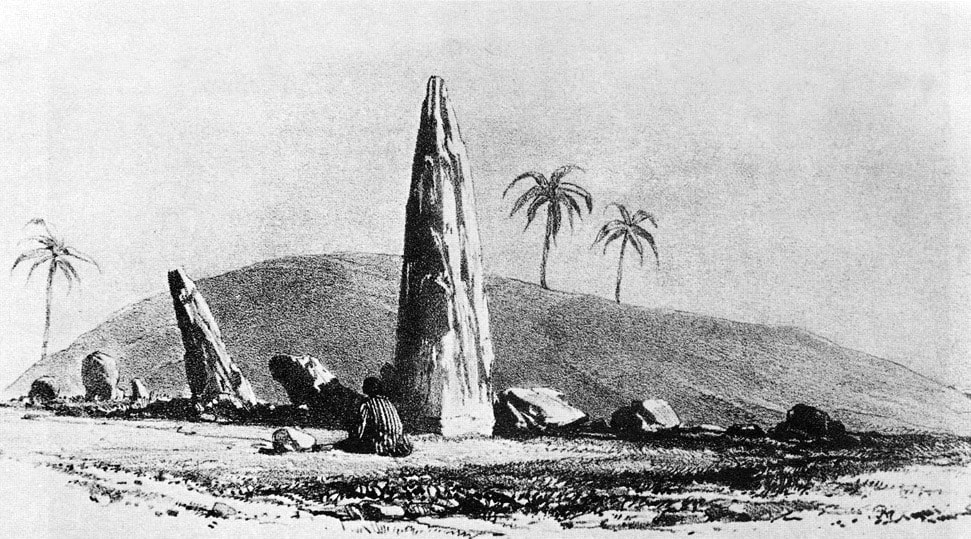
 In short
In short
Not too far from Tanger is located mysterious and impressive megalith – Msoura stone circle. In the middle of this ring is located enormous mound – possible burial of one of the first Mauretanian kings.
 38.3%
38.3%
GPS coordinates
Alternate names
Construction time
Map of the site
If you see this after your page is loaded completely, leafletJS files are missing.
 In detail
In detail
Stone ring
Stone ring consists of 167 large stones – monoliths. The major axis of this elliptical ring is 59.29 m long, minor axis – 56.18 m.
Most stones are just 0.5 – 1 m high, but three monoliths in the west are much taller. The tallest – El Uted (pointer) – is approximately 5.5 m tall. Two other fallen monoliths are some 5 – 6 m long too.
Sometimes Msoura stone ring is hailed as the largest megalithic stone ring in the world but this is not true. Thus, the outer ring of Avebury (England) has a diameter of 331.6 m. Nevertheless, there are few megalithic stone rings in the world with that many stones still standing.
Tumulus
In the middle of the stone ring is a massive tumulus – burial hill. This hill has a diameter of 48 m, it is 6 meters high.
Tumulus is crossed by X-formed scar – marks of former excavations. Excavations were done in 1935 – 1936 by Spanish archaeologist César Luis de Montalban and, unfortunately, the findings were not published and the site was not brought in order after these excavations.
Other structures
Outside the stone ring is another ring that is made of smaller stones that are embedded in the ground. This ring opens towards the west, where is located trapezoidal enclosure filled with rubble.
To the north of the mound are found large, fallen monoliths which are surrounded by settings of smaller stones. Further north is located an artificial earthen platform.
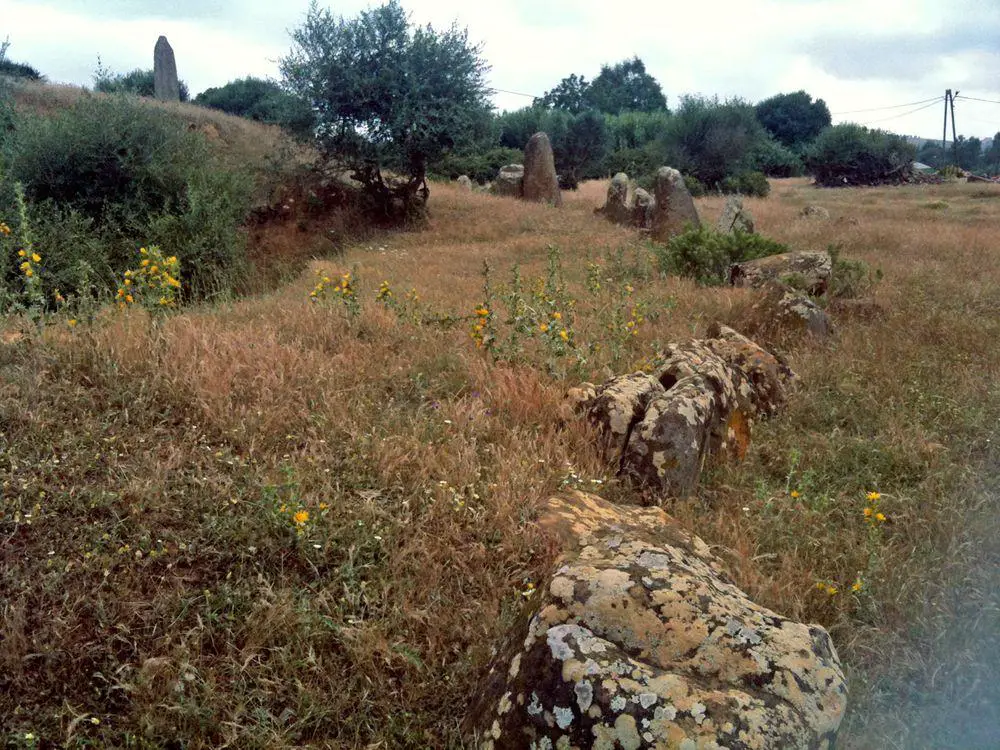
Archaeoastronomy
Researchers of the site have found some evidence that stones in Msoura stone ring may have an astronomical orientation. Multiple azimuths point to diverse significant directions in the sky but the major axis of the elliptical stone ring is pointing towards the 867 m high Jbel si Habib, the tallest mountain at the horizon.
Age
The age of the stone ring is unclear and there are discussions about whether tumulus and stone ring were built at the same time. Montalban found some structures nearby which could be dated to the 4th – 3rd century BC and it can be assumed that the whole ensemble of structures was built at that time. Back in those times there raised the first state of Mauretania with its first kings.
Traditions and history
Many local people believe that this site is cursed and tell legends about researchers of the site who went mad. Some believe that the Msoura stone ring has medicinal powers.
Berbers in earlier times believed that this site was built by Djouhalas – pagan giants.
It is possible that Plutarch described Msoura in his work "Life of Sertorius" as the site where the giant Antaeus was buried after his defeat by Hercules. The mound was partially excavated by Romans.
Antaeus is a mythological man from Berber and Greek legends – and sometimes legends preserve memories about outstanding people of distant past. Thus it is possible, that these legends hint at a burial of mighty Mauretanian king who ruled here millennia ago.
Although Portuguese authors mentioned this curiosity in earlier times, Europeans learned about this megalith in 1828, when the site was visited by Arthur de Capell Brooke. This raised the interest of many other travelers who used any opportunity to visit the site and considered that this was Druid temple.
Spanish archaeologist Montalban started his research of the site in 1932. First, he cleared the stone ring and discovered the structures around the stone ring. Then he managed to dig two trenches. One started from the "gates" of the tallest menhirs – Montalban presumed that there will be passage grave. He did not find it and made another, a perpendicular trench (also without success). Seems that he found a stone cist with burial in the middle, but we know little about his findings. Works stopped due to the Spanish Civil War and stone blocks from the cist were moved and even used as a bench for a while.
In 1970 the site was surveyed by legendary man – James Watt Mavor, oceanologist and a great enthusiast of archaeology.
Today Msoura stone ring is a popular landmark, one of the major archaeological curiosities in this region.
References
- Enrique Gozalbes Cravioto. El Monumento Protohistórico de Mezora (Arcila, Marruecos), Lost Cities & Remote Places, accessed in 20 October 2013
- Graham Salisbury,
The Mysterious Moroccan Megalithic Menhirs of Mzora, Lost Cities & Remote Places, accessed in 20 October 2013 - Graham Salisbury,
Re-discovery of Moroccan Megalithic Stone Circle, Lost Cities & Remote Places, accessed in 20 October 2013
 Linked articles
Linked articles
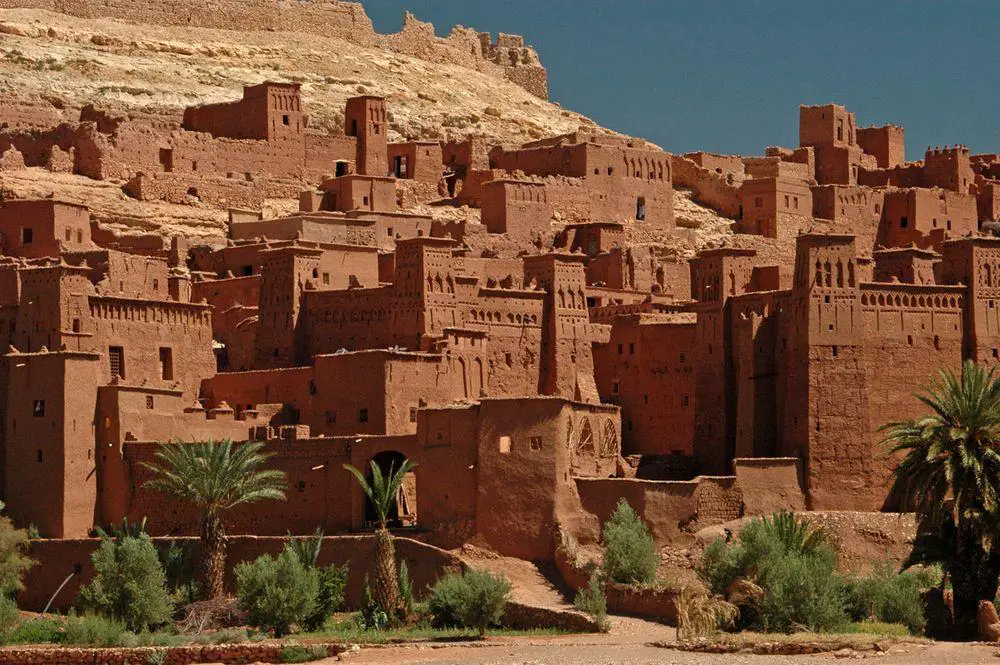
Wonders of Morocco
Morocco differs from other countries in Africa and has rather many similarities to Europe. Or rather – it has its own "style" for natural and cultural landmarks.
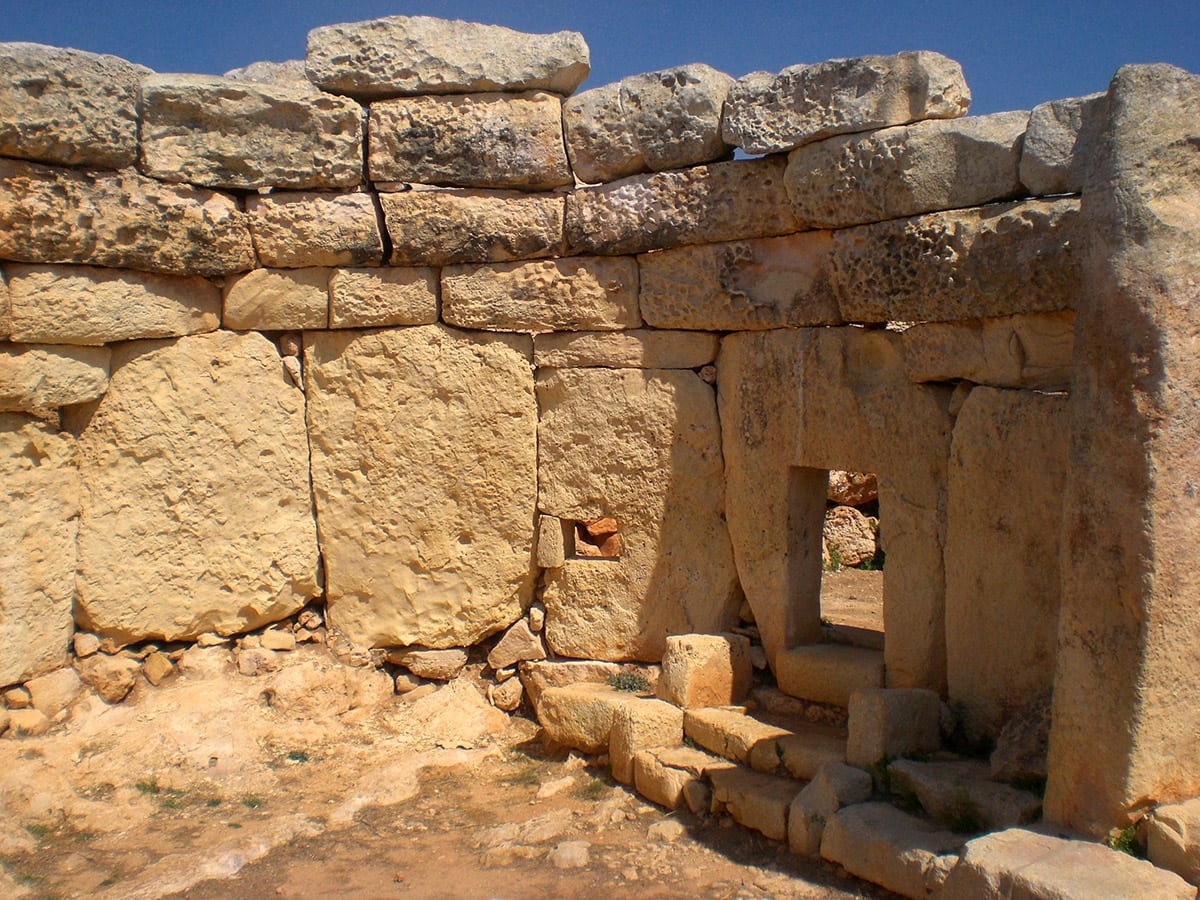
Megaliths
One of the most fascinating groups of archaeological monuments are prehistoric structures made of stones – megaliths. Through the ages, people have loved to strain their minds to find a sensible explanation for the many riddles posed by megaliths.
Even today, we can admit with some pleasure, there are thousands of mysteries left for us.
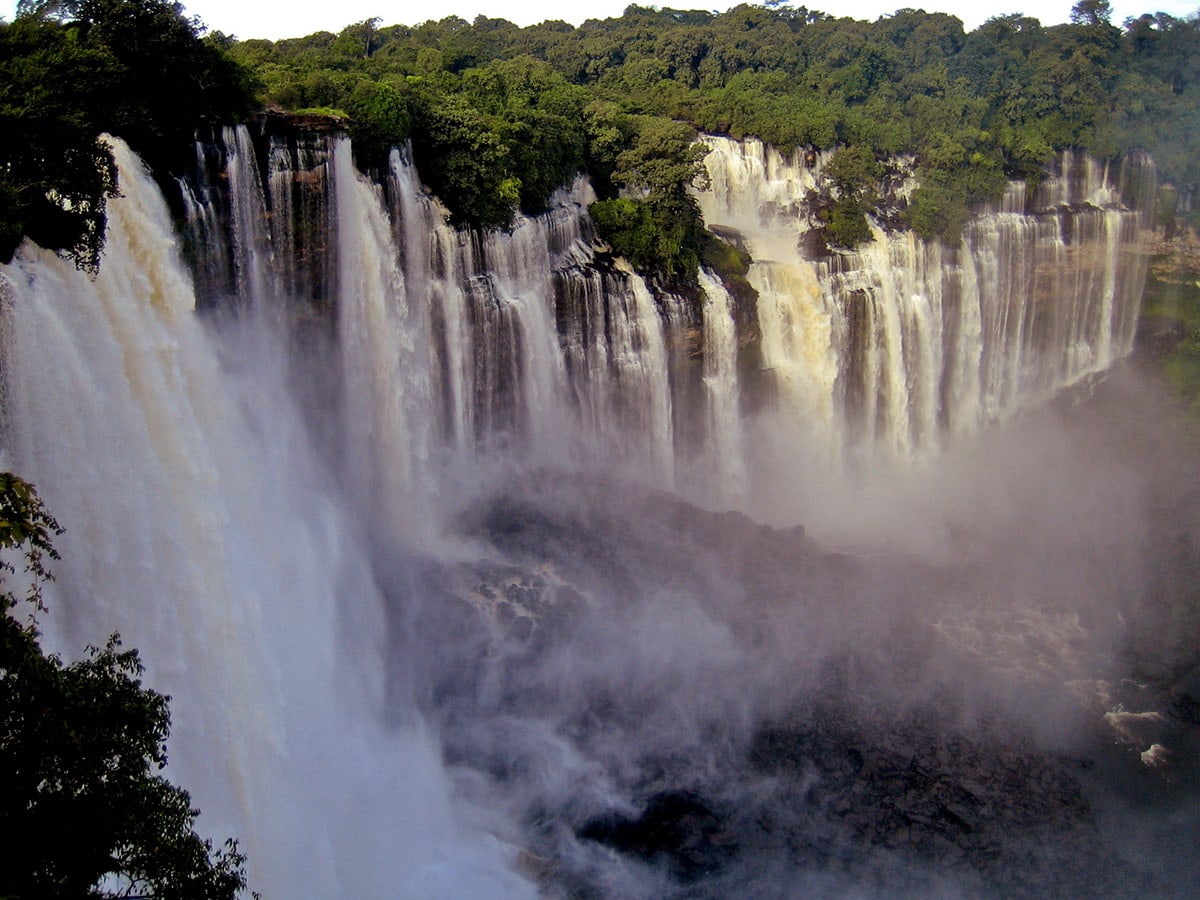
Wonders of Africa
Africa has many outstanding wonders and some of the most surprising ones are the heritage of Egyptian civilization, the vernacular architecture of the Sahel region, tropical ecosystems, and others.
 Recommended books
Recommended books
Morocco: Guide to Fez, Marrakech, Meknes and Rabat
RECENTLY UPDATED FOR 2017! With more than 100 high-resolution images, a new video, and a detailed tour itinerary, this is the definitive guide to Morocco’s imperial cities.
Moon Morocco
Wander grand imperial cities, bask in the calm desert oases, relax on miles of Mediterranean beaches, and walk among ancient history: Morocco offers an incredible crossroads of culture for travelers of all stripes. Explore it all with Moon Morocco.


